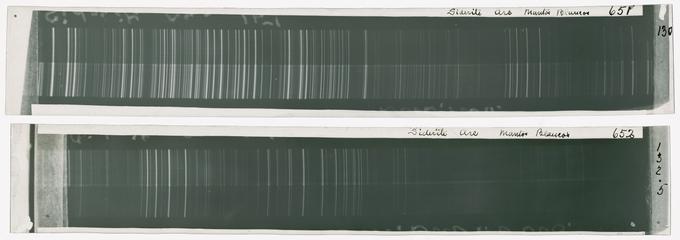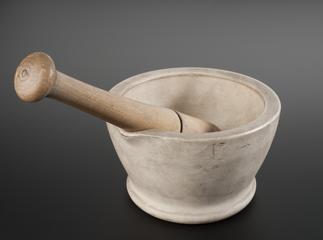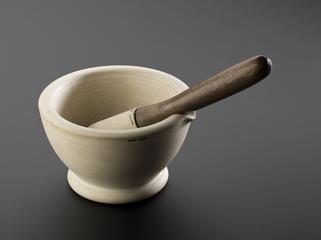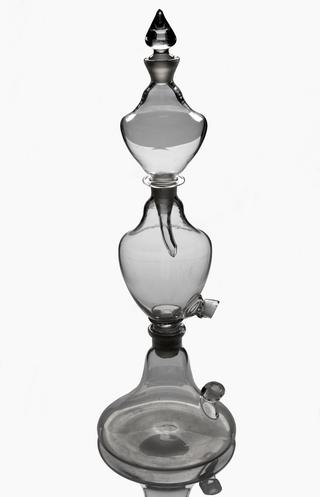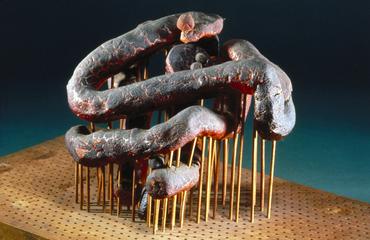
Apparatus for simulating Martian atmospheric pressure, made by James Lovelock
- maker:
- James Ephraim Lovelock




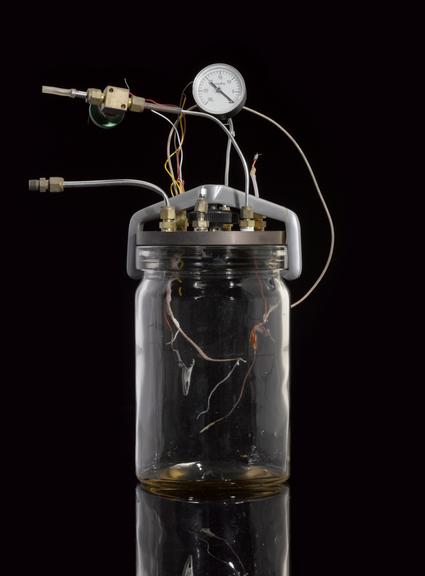
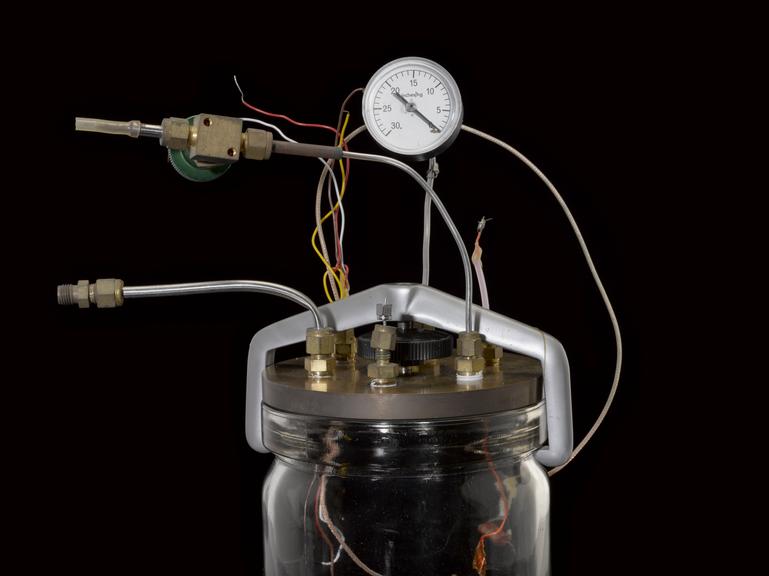

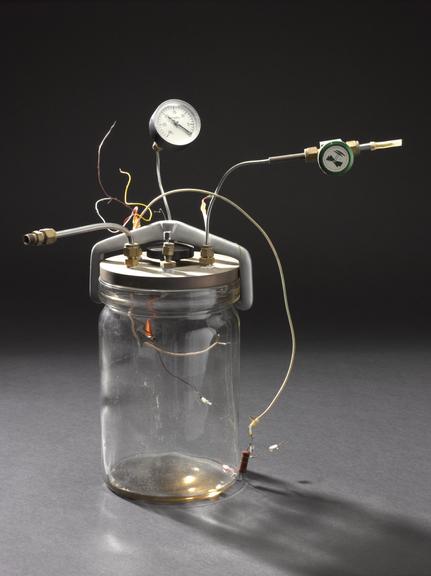
Apparatus to simulate Martian surface atmospheric pressure for the testing of chemical detectors, made by James Lovelock while working for NASA's Jet Propulsion Laboratory, Pasadena, California, USA, 1960s. The apparatus is made using a domestic Kilner jar.
Lovelock created this fantastic-looking apparatus while working on NASA’s Viking mission to Mars. He built it in his home laboratory, using an ordinary kitchen Kilner jar and a home-made lid. The detector was sealed inside the jar and air was removed via the valve on the left to replicate Martian atmospheric pressure.
In previous research Lovelock’s chemical detectors had starkly revealed the extent of humanity’s impact on the environment. His electron capture detector, developed in the 1950s, revealed man-made pollution at the poles.
Details
- Category:
- Experimental Chemistry
- Object Number:
- 2012-125
- Materials:
- glass, copper (metal), metal (unknown) and plastic (unidentified)
- Measurements:
-
overall: 400 mm x 260 mm x 164 mm,
- type:
- detector
- credit:
- Lovelock, James Ephraim
